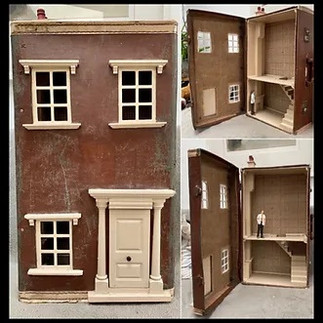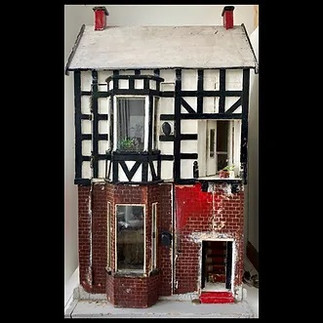Thank you for all of the support you have shown The UN/maker Series to date. If you have been busy or taken a break from social media to save your sanity, you might be interested know I have recently established a podcast channel and I finally released the artist interview with Anong Migwans Bean in which she outlines the inhumane and unethical practices she has been able to help unmake in her community by creating an eco-ethical paint company. Again a big thank you to the MacLaren Art Centre for sponsoring this series of interview by allowing me to use their professional zoom account!

The Unmaking Network also has another amazing online zoom interview coming up on Thursday, March 23rd with Elvira Hufschmid! A good friend from Queen's University, come listen in to find out why she considers sensing, versus looking, as a method of unmaking. Be sure to register so we know you are coming! https://www.eventbrite.ca/e/jill-prices-unmaker-series-with-elvira-hufschmid-tickets-593760031237
For those of you who are interested in how my PhD is coming along, I am heading into an intense period of writing and finishing the making seed paper from an old MFA work prior to two performances in May in which I will first hand write the first draft of my thesis onto the seed paper, and then in mid-May, I will read parts of my thesis aloud prior to planting it in the Union Gallery Garden on Queen's Campus. As you can see below, it has already been a long journey of prepping the garden in the fall, and deconstructing the paper sculpture needed to make the seed paper. Two more major thank yous need to go out to the staff at Union Gallery in Kingston, Ontario, and Paperhouse Studio in Toronto for helping me realize this aspect of my PhD.
So why am I planting my thesis in the ground. Upon realizing that my MFA thesis exhibition and the rest of my art practice perpetuates external and internal colonization due to resource extraction and the production of waste, I began thinking on how I could unmake myself from these systems of harm. This began by exploring how unmaking my existing archive of works could help to resist the ongoing consumption and production that the commercial fine art world demands. Working to bring my MFA thesis Land as Archive full circle, so that what I am creating is for the land, versus from and about the land, I am hoping that the pollinator garden that will spring from these pages over the summer will be considered as an act of care and repair that offers service to a multi-species ecology. One of my biggest influences in this entire process has been Natasha Myers and her call for the Planthroposcene. If you like a good read, the link to one of her interviews is here.
For those of you who would like to follow along a little more closely, you can follow me on Instagram at https://www.instagram.com/unmakingnetwork/ where I often publish the performative aspects and outcomes of my research. To check out some of the works I have been creating as a result of unmaking older works, visit my Saatchi page to see my latest collages and paintings. Hope to see you on Thursday!
Jill




































